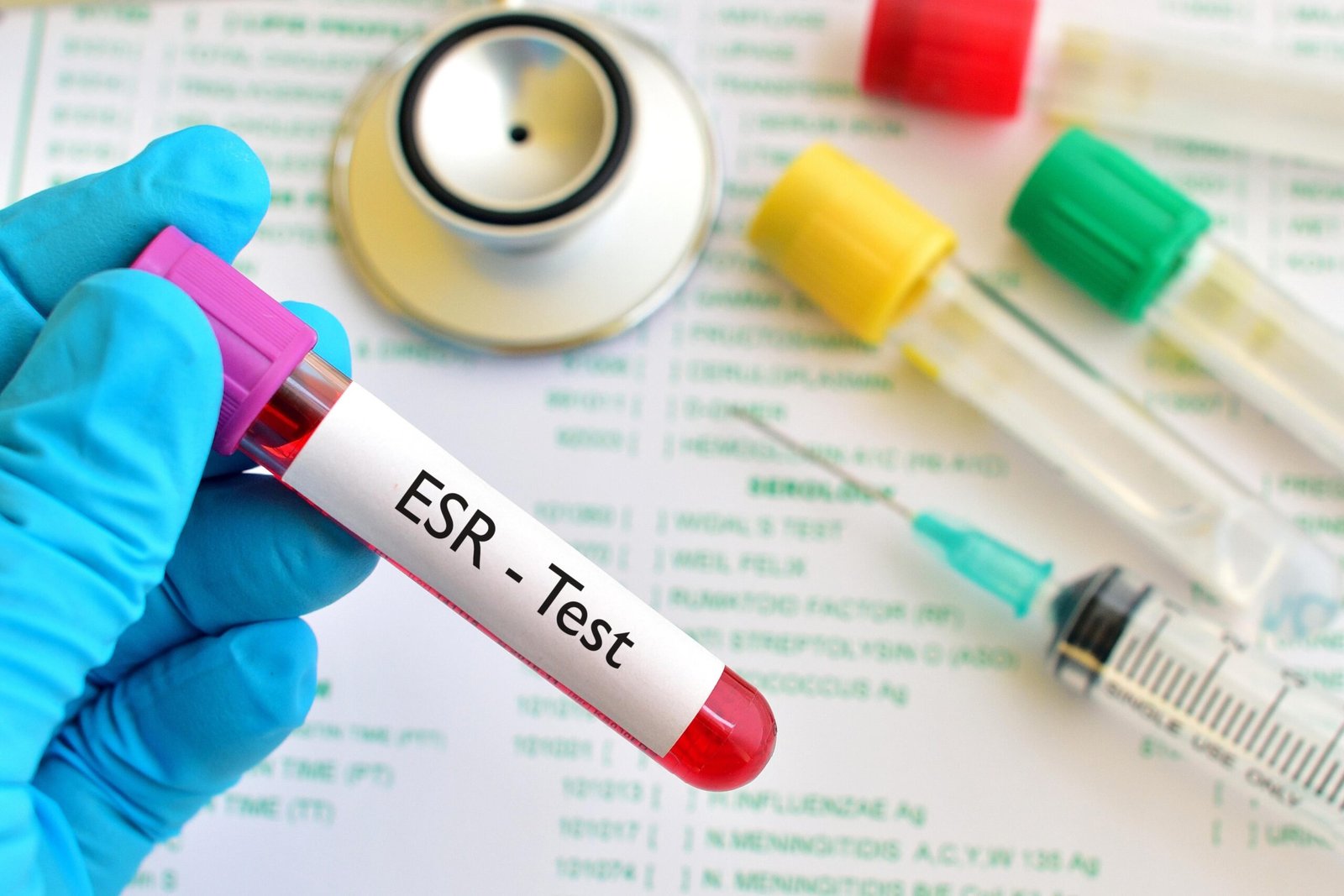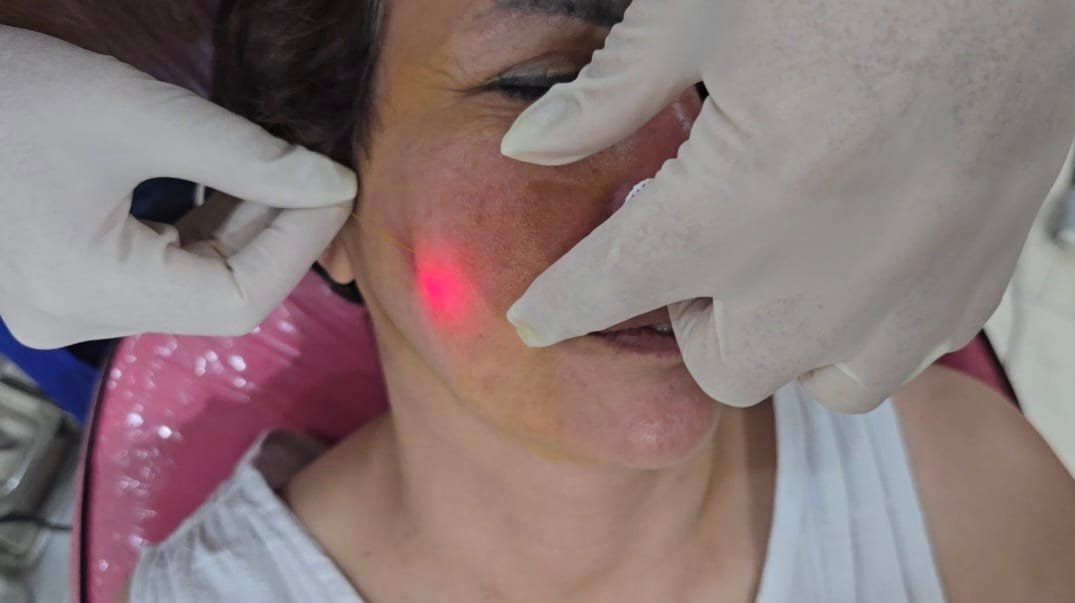When it comes to medical diagnostics, blood tests play an essential role in providing critical insights into your health. One such important test is the ESR blood test. If you’ve been advised to get this test, understanding its purpose, procedure, and cost can help you prepare better. In this blog, we will delve into the ESR blood test price, what influences it, and why it’s a valuable diagnostic tool.
What is an ESR Blood Test?
ESR stands for Erythrocyte Sedimentation Rate. It is a simple blood test that measures how quickly red blood cells (erythrocytes) settle at the bottom of a test tube over a specified period, usually one hour. The sedimentation rate can indicate inflammation or other medical conditions in the body.
The test doesn’t diagnose a specific disease but serves as a marker for underlying issues such as infections, autoimmune diseases, or chronic inflammatory conditions. Because of its broad application, doctors often use ESR as a part of routine check-ups or when symptoms suggest inflammation.
How Does the ESR Test Work?
The ESR test measures the rate at which red blood cells fall in a vertical tube of blood. Usually, red blood cells settle slowly. However, if inflammation is present, proteins in the blood cause the cells to clump together and settle faster. This faster sedimentation suggests an inflammatory process somewhere in the body.
The procedure for the ESR test is straightforward:
- A healthcare professional draws a small sample of blood, usually from a vein in your arm.
- The blood is placed in a narrow, vertical tube.
- The distance the red blood cells fall in one hour is measured in millimeters (mm).
- A higher rate indicates more inflammation.
Why Is the ESR Test Important?
The ESR blood test helps diagnose and monitor various conditions, such as:
- Rheumatoid arthritis and other autoimmune disorders: Helps assess the level of inflammation.
- Infections: Detects bacterial or viral infections causing inflammation.
- Chronic diseases: Monitors the progression or remission of diseases like lupus or temporal arteritis.
- Cancer: Sometimes elevated ESR can indicate the presence of certain cancers.
It’s important to note that an ESR test is often used alongside other tests, such as C-reactive protein (CRP), for a more accurate diagnosis.
Factors Affecting ESR Blood Test Price
Now, let’s talk about the crucial part the ESR blood test price. The cost of this test can vary based on several factors, including:
1. Location and Healthcare Facility
Prices differ depending on whether you get tested at a government hospital, private lab, or specialized diagnostic center. Urban centers or metropolitan areas usually have higher costs compared to rural or less populated regions.
2. Lab Accreditation and Technology
Labs with advanced equipment and certifications tend to charge more, ensuring higher accuracy and reliability of test results.
3. Additional Services and Tests
If the ESR test is part of a larger panel of tests, the overall cost may be higher. Sometimes, doctors order additional tests alongside ESR to get a comprehensive picture, which influences the price.
4. Insurance Coverage
Health insurance can significantly reduce your out-of-pocket expenses if the test is covered under your plan. It’s essential to check with your insurer about coverage details beforehand.
Average ESR Blood Test Price Range
In countries like India, the cost might be even lower, sometimes as low as INR 150 to 300. In contrast, Many diagnostic centers offer discounts or package deals when you get multiple blood tests done together, making it economical for patients undergoing a comprehensive health check-up.
How to Prepare for the ESR Blood Test?
One of the advantages of the ESR blood test is that it doesn’t require extensive preparation. However, here are a few tips to keep in mind:
- Avoid heavy physical activity before the test.
- Inform your doctor about any medications you are taking, as some can affect the ESR levels.
- Follow any specific instructions given by your healthcare provider.
Since the ESR test is non-invasive and quick, it’s convenient for both patients and doctors.
Interpreting ESR Test Results
The ESR test results are usually reported in millimeters per hour (mm/hr). Typical values vary by age and sex but typically range as follows:
- Men under 50: 0-15 mm/hr
- Men over 50: 0-20 mm/hr
- Women under 50: 0-20 mm/hr
- Women over 50: 0-30 mm/hr
A higher ESR suggests inflammation, but doesn’t pinpoint the cause. Doctors use the results alongside other clinical findings to make a diagnosis.
Benefits of Getting an ESR Test
- Early Detection: Helps identify inflammatory conditions early.
- Monitoring Progress: Tracks the effectiveness of treatment for diseases like arthritis.
- Cost-Effective: Compared to other diagnostic procedures, ESR testing is relatively affordable.
- Quick and Simple: Minimal discomfort and quick results.
Where to Get an ESR Blood Test?
You can get the ESR blood test at most healthcare facilities, including:
- Hospitals
- Diagnostic laboratories
- Clinics with laboratory services
- Health screening camps
Before choosing a place, it’s advisable to inquire about the ESR blood test price and verify lab certifications to ensure accuracy.
Conclusion: Is the ESR Blood Test Price Worth It?
Understanding the ESR blood test price and its benefits can help you make an informed decision about your health. While the test itself is relatively inexpensive, its value lies in providing vital information about inflammation and underlying medical conditions. By helping doctors diagnose or monitor diseases effectively, the ESR test is a crucial part of many health check-ups.
If you’re considering an ESR test, remember that the price varies based on location, facility, and additional services. Always discuss with your healthcare provider to understand the necessity and cost involved. In the end, investing in this simple test can provide peace of mind and guide you towards better health management.
















Leave a Reply